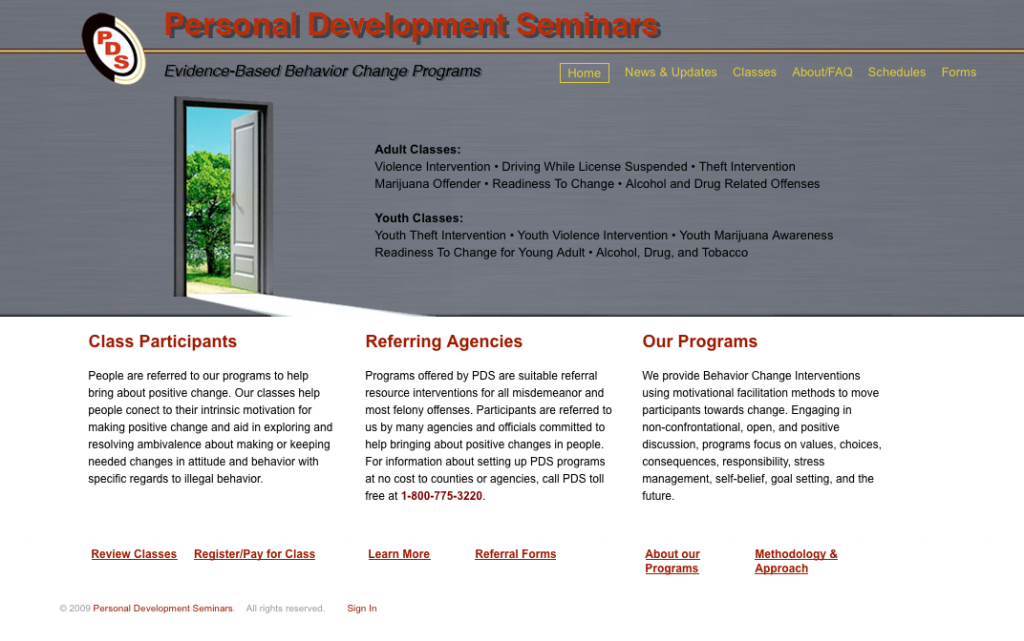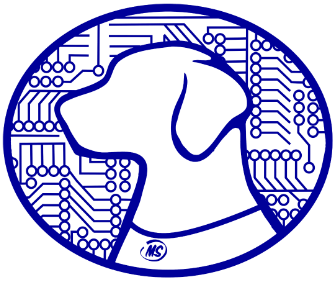
This project was ambitious, and I’m proud of it despite having learned some hard lessons. This returning client had need for a unique type of LMS. The company taught in-person classes all over Texas, and was growing. So – an LMS where the classes were in-person, but class administration was done via a web portal.
Because this was a small company and the staff were less adept at web technology, I migrated the site to a Concrete5-powered CMS. This was one of the very first content managers offering front-end editing (in 2007). Concrete5 also allowed for using its authentication and rights capability for user role management – managing different levels of access rights for the owner, staff, and remote teaching staff.
I contracted a friend of mine to custom build the actual core LMS functionality separate from the CMS so that it could run parallel to it, but also be integrated “inside” it (from a user-access POV). Separating the database, report generation, and interfaces for class roster, location, grading, teaching assignments, staff communications, student registration, and print-ready reports allowed for keeping the CMS on the project’s update path while separating everything PDS needed to run a highly distributed learning organization. They could always swap out the CMS if needed this way. It was a pretty amazing project and I learned a fair bit about how a powerfully designed database schema can do very cool things.
But I can’t call this project a full success. I under-budgeted it. The client got an amazing piece of enterprise software- what would later be called a PaaS – at a price considerably below market value, but they were not able to build on it as hoped. Because the money ran out, we were unable to do a more thorough testing, training, and launch, and the client wasn’t happy. What’s more is that I’d failed to convey the incredible value in what had been delivered, and I don’t know if they ever really knew.
